The Marvelous Beauty of the Nebula
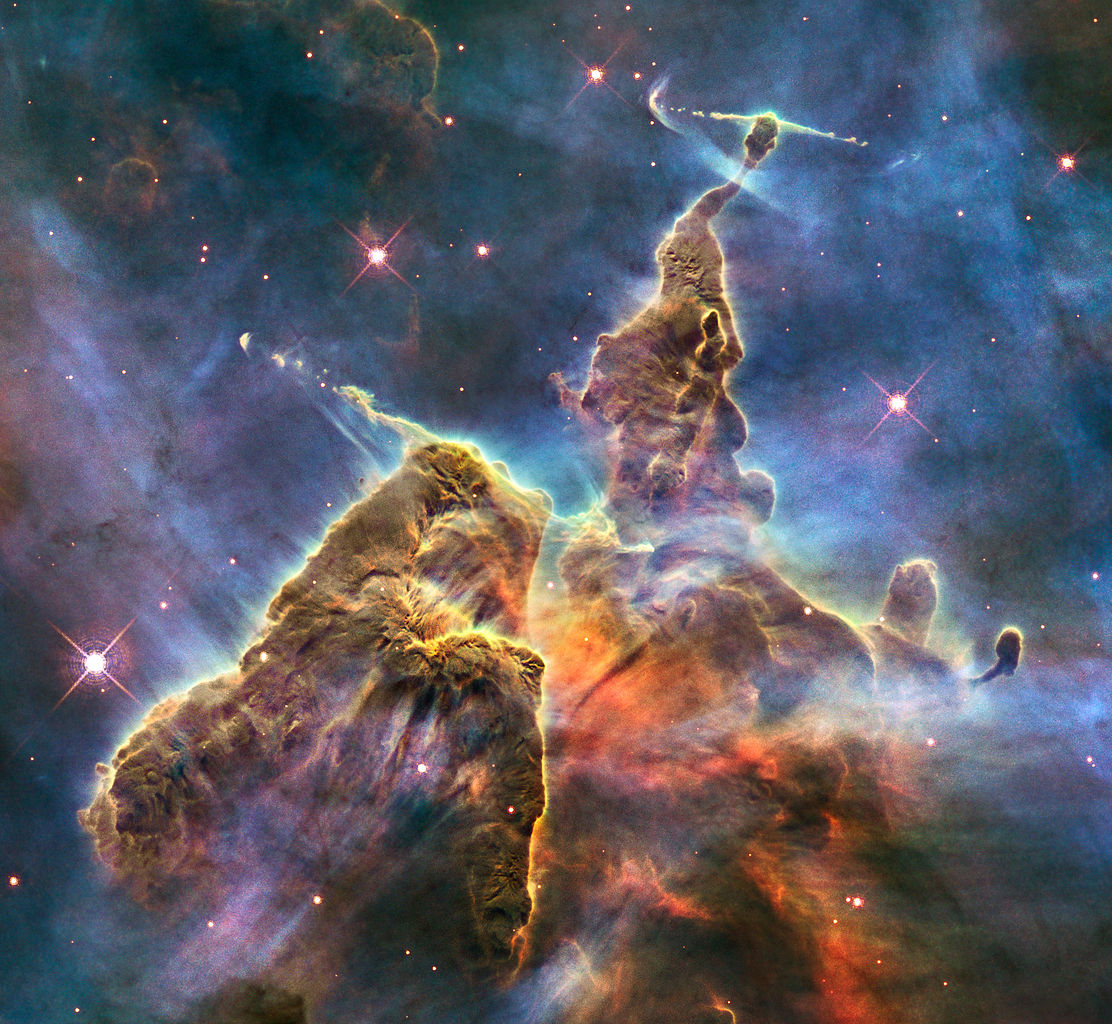
Look closer, closer. What you see is far more than what you believe. Not only in scale but in what it represents. Of course, beautiful colors, thin textures, all these details are expected when viewing the greatest structure in the universe. But there is much more to be revealed in this photo and hundreds of others that reveal the ultimate source of creation, the birth of stars.
Star nurseries, usually referred to as the Nebula, are the source of every star that illuminates the universe. What is pictured above is just one of the many who occupied our host galaxy, known as the Carina Nebula. As I mentioned, the picture shows some details, some of the formation events of the universe can be seen happening in the boundaries of this image. Mostly related to the most vibrant objects they form; high mass stars.
An average nebula can only make about a dozen stars of this size, while creating hundreds or even thousands of smaller ones along their sides. The stars of the high masses eventually end up destroying the nebula, due to the release of a stellar wind and a powerful explosion of radiation. The gas in the nebula accumulates into smaller and smaller spaces due to the pull of gravity, and when they form a defined sphere, heat and pressure rise in the middle, eventually becoming sufficient to initiate the fusion of the hydrogen atoms in the nucleus. It all starts inside the nebula, making it the most vital structure to exist.
But the process of star creation is not too quiet, many chaotic events are actively revealed in the nursery space of stars, mostly because of the star of a high mass. Return to the first image and look at the top of the structure. What you will see are two flue jets pouring out of the bulk. Each of these jets represents a massive star born there. And shining from the inside, their light can even be seen on the outer lines. These jets are caused by density imbalances. In the early life of the star, one side may be much denser in the gas than the other, this causes radiation and wind of the star to be exploded as a jet, carrying most of the vague matter around it.
Now perched in the same area again, notice something strange? There appears to be a boomerang wave, two facts, one at the end of the left exhaust jet, and another covering a thin area below the peak. This strange formation is called shock, they are produced by large stars in the bulb. Strong radiation runs into solid objects such as smaller stars and as a result an arc like formation is formed, the material progresses away with a fast speed moving around the object. Or in other cases, like a shock on the left exhaust jet, the pull radiation moves with more energy than the material itself, creating a strange rear shock. This formation can be seen in more detail in this close-up picture of the Great Orion Nebula.
One can see in this picture the result of a strong radiation-shaped arc coming from the Trapezium group of four large young stars in the heart of Orion forms an attractive shape to the lower left. Also, just for the extras, a rather bright object in the center is actually a star that is likely only in the age of 100,000 years, practically a baby star.
And again, I ask you to refer back to the top image and focus on the left side. What you will notice is that there is a strange flow of thin gas flow from the side, along with a dense display to the wall of the nebula. This is the result of the slow decay of the nebulae of strong stars. You can't see it because it's outside the frame, but a very high mass star is located on the side of this structure, and it vanishes in the nebula inch by inch with strong radiation and wind.
One common subject comes into play when discussing the nebula, their color.
Often times we see their pictures with live emissions, only to hear from other sources that they are just, "Colors are fake". This is only half true.
Yes, often nebulae are given an alternative color to indicate certain emission lines, or even to represent light concentrations in certain alternative spectra such as infrared or x-rays. However, quite often, nebula images are not in the wrong color, but are only taken with high exposure, as they take several pictures and stack them on top of each other to improve clarity.
But emissions are an interesting topic when it comes to the color of the nebula. Most appear red, and this is because hydrogen reveals a strongly visible red emission line. And given that it is the most prominent element, it is reasonable that they will appear in red. Red is the dominant color in Orion, Eagle, Trifid, Omega, and Lagoon nebula just to name a few. However, other colors sometimes appear. For example, helium and carbon often appear as blue and yellow, nitrogen and oxygen emit green. And if you have heavier objects like Sodium or Magnesium, you become purple. Orion is an interesting example to show color dominance. While almost all high exposure images reveal red as the most prominent color, it appears green when observed with a good ground telescope.
There is also another type of nebula, this is known as the reflection of the nebula. They are not stars form regions, but instead are made of interstellar dust. They float and do not take energy from nearby sources, but only reflect it like a giant, windy planet. One example is the Witches Head nebula, close to a giant star of a Rigel power plant that reflects light like a delicate cosmic puff.
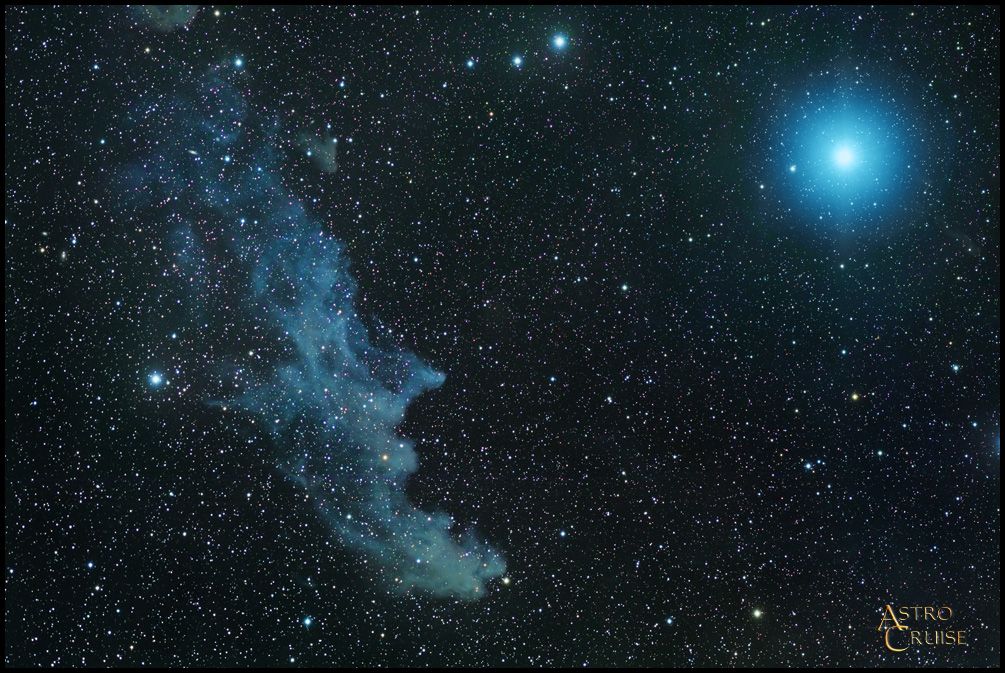
And with all the knowledge and such, I will leave you with some of the most amazing collections of nebulae ever observed, along with some interesting facts about them.
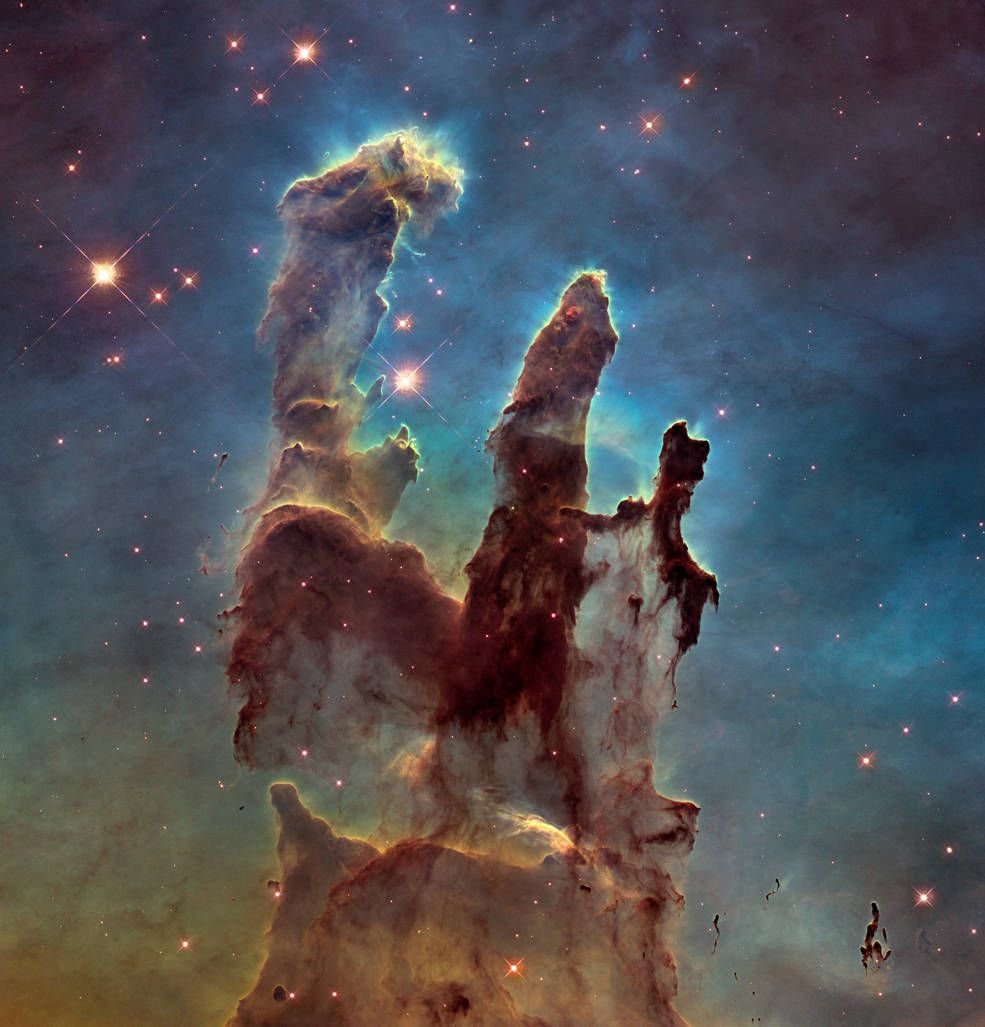
This famous image is often dubbed, the "Pillar of Creation" is actually part of the Eagle Nebula, the largest being about 7 light-years and it is estimated the possibility that they are already destroyed by the supernova event in the biggest tip. But it will not be seen for thousands of years.
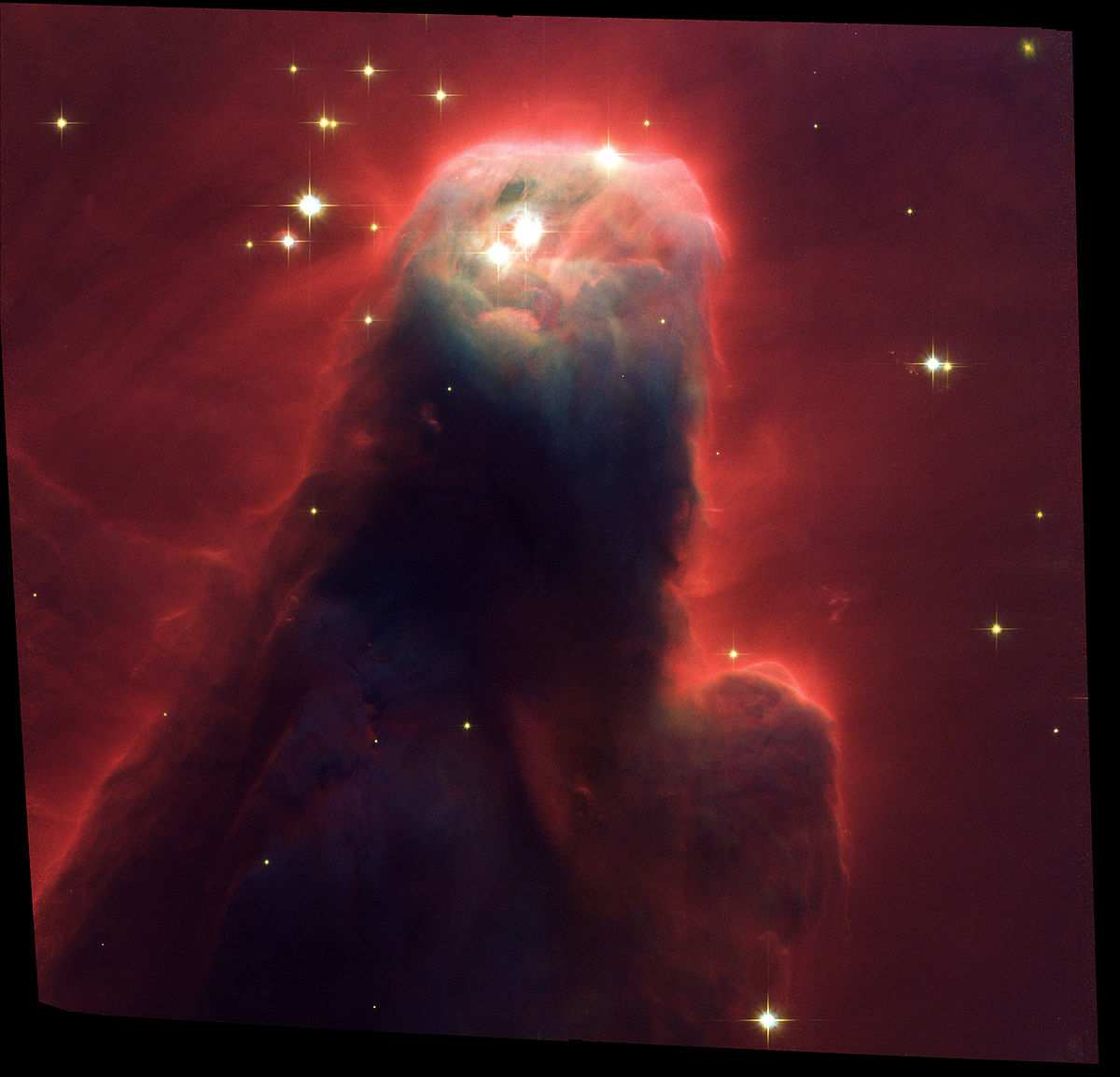
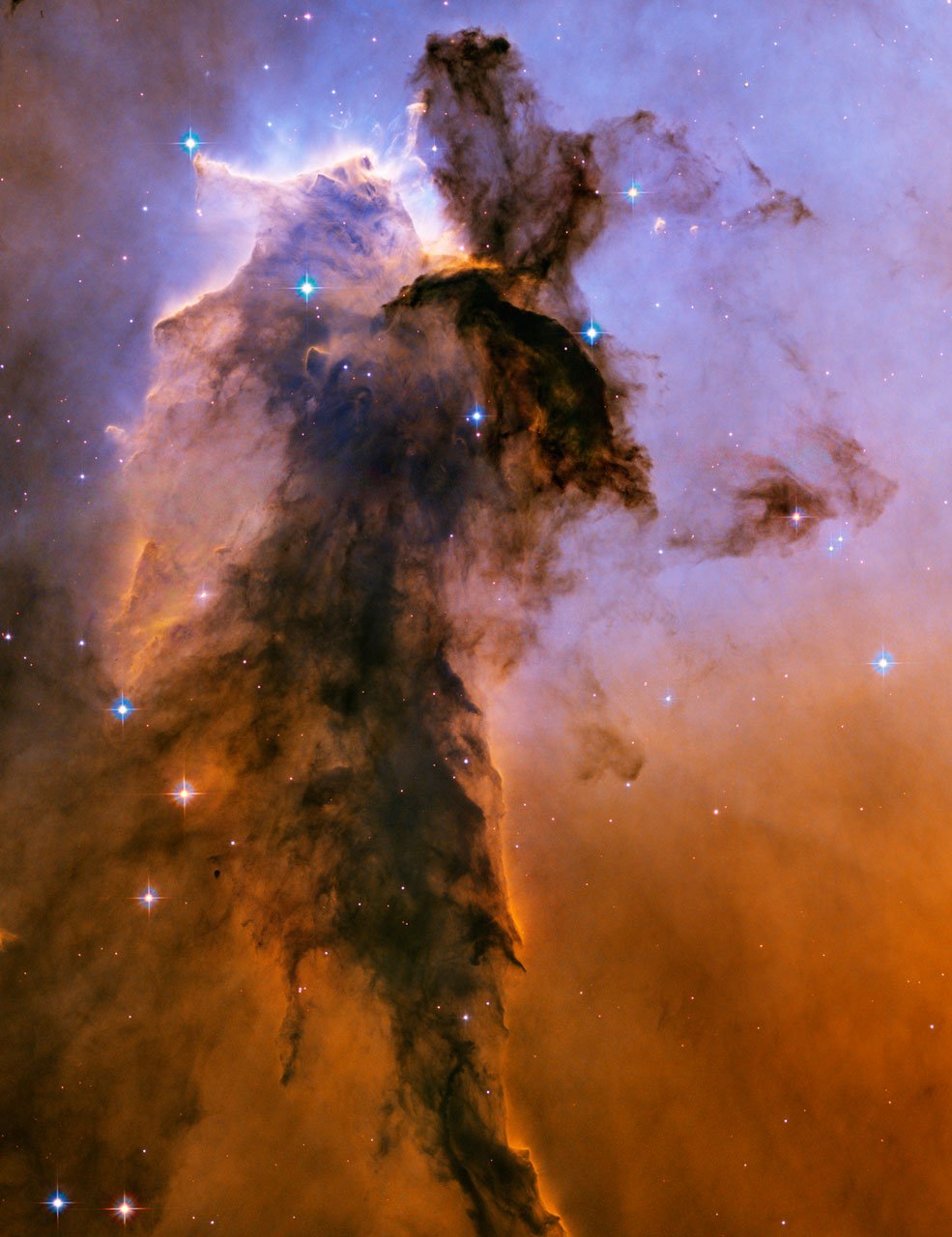
Another part of the Eagle Nebula, known for its resemblance to chickens. About 10 light years.

This is referred to as the head of the Horse's nebula, a smaller cooling nebula that is eroded from above by an unformed star.
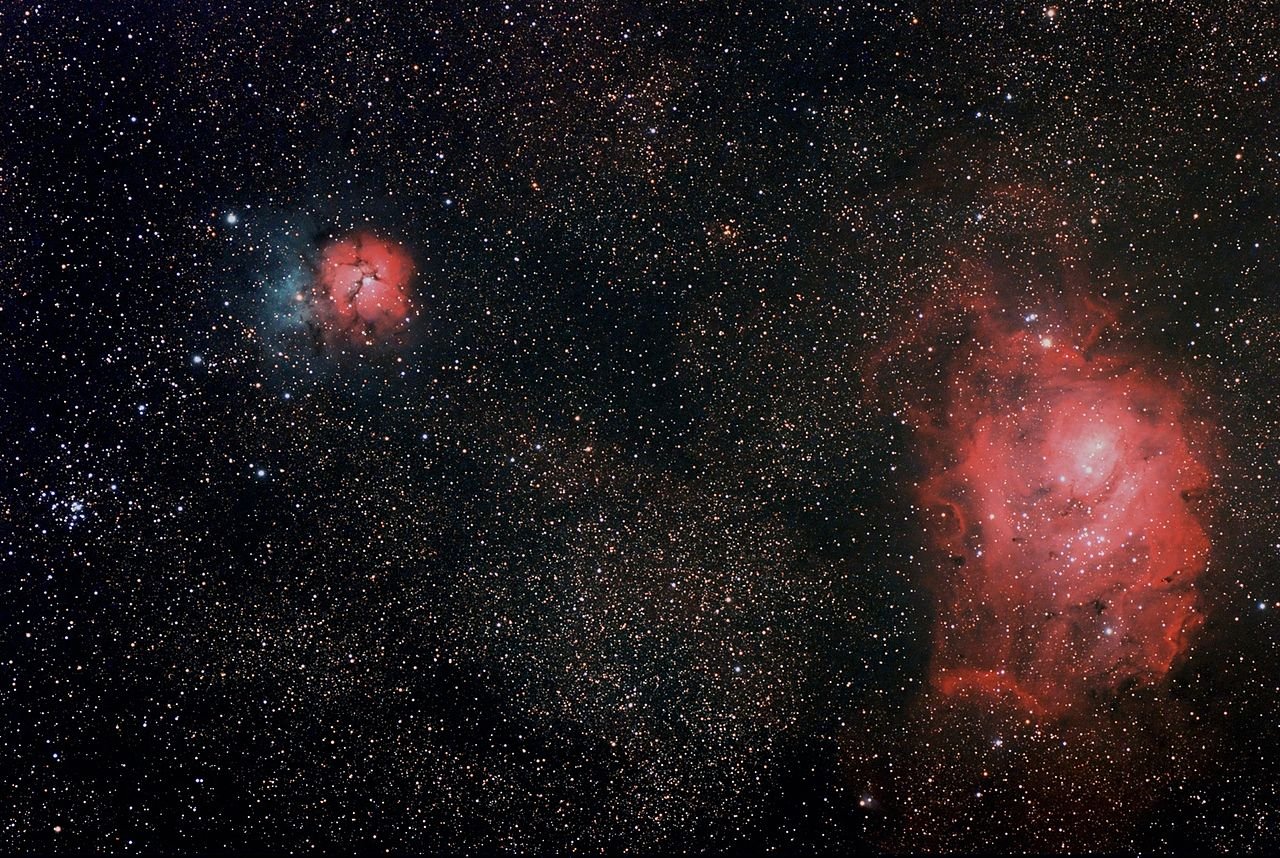
This image shows two leading star factories in the Sagittarius constellation, on the left is a strange-looking Trifid Nebula, which is coated with dust that coats the sides giving a dark impression. And to the right is the Lagoon Nebula, it's more than 100 light years in the longest dimension and is home to nearly 30 stars that are considered high masses, as well as thousands more.

This is one of my favorites, a beautiful nebula that gives the appearance of a cosmic angel. The luminous gas in the background is the result of one large star seen in the middle of the image. This star is this nebula sculptor, forming his tendrils with radiation.
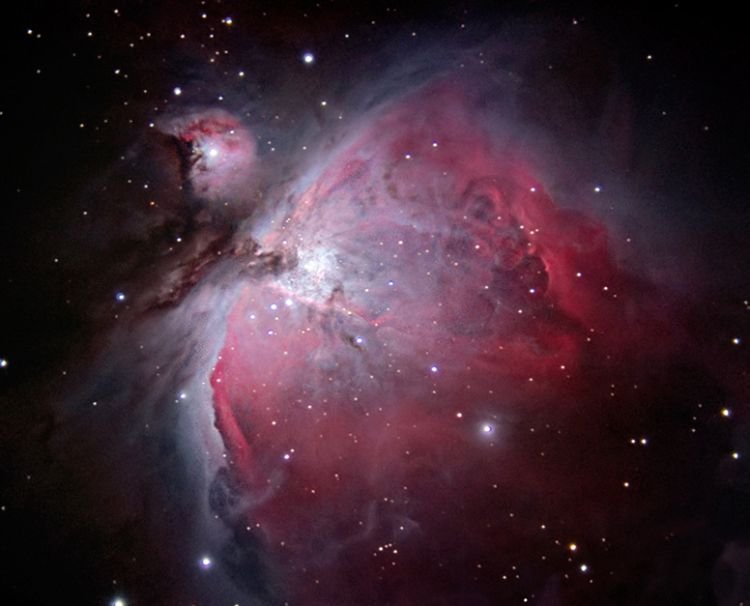
And the last but at least the least, the biggest spectacle of them all. The unrivaled beauty of the Orion Nebula has been an influence for various references and poetry and art of various kinds. This is the star-forming region closest to our solar system, only in 1300-1500 light years in the distance. And 25 light years. We watched baby stars form inside, and learned more from this enchanting arc than other star factories in the sky. And almost all the light he had came from only four stars in the middle.
For more information please visit the site below:
Github: https://github.com/nebulaai
Twitter: https://twitter.com/nebula_ai
Telegram: https://t.me/NebulaAICommunity
Facebook: https: //www.facebook.com/NebulaAI/
Bitcointalk: https://bitcointalk.org/index.php?topic=3220514.0
Youtube: https://www.youtube.com/channel/UCWltsUAyiser4-_eLLGmpdg
Whitepaper: https: // www.nebula-ai.com/whitepaper/NBAI_whitepaper_EN.pdf
Author: nyonyg175
Bitcointalk profile: https://bitcointalk.org/index.php?action=profile;u=2044942
Eth address: 0xF6505afA3dA59e702dBD00A1dE54be8B656ADCf2



Comments
Post a Comment